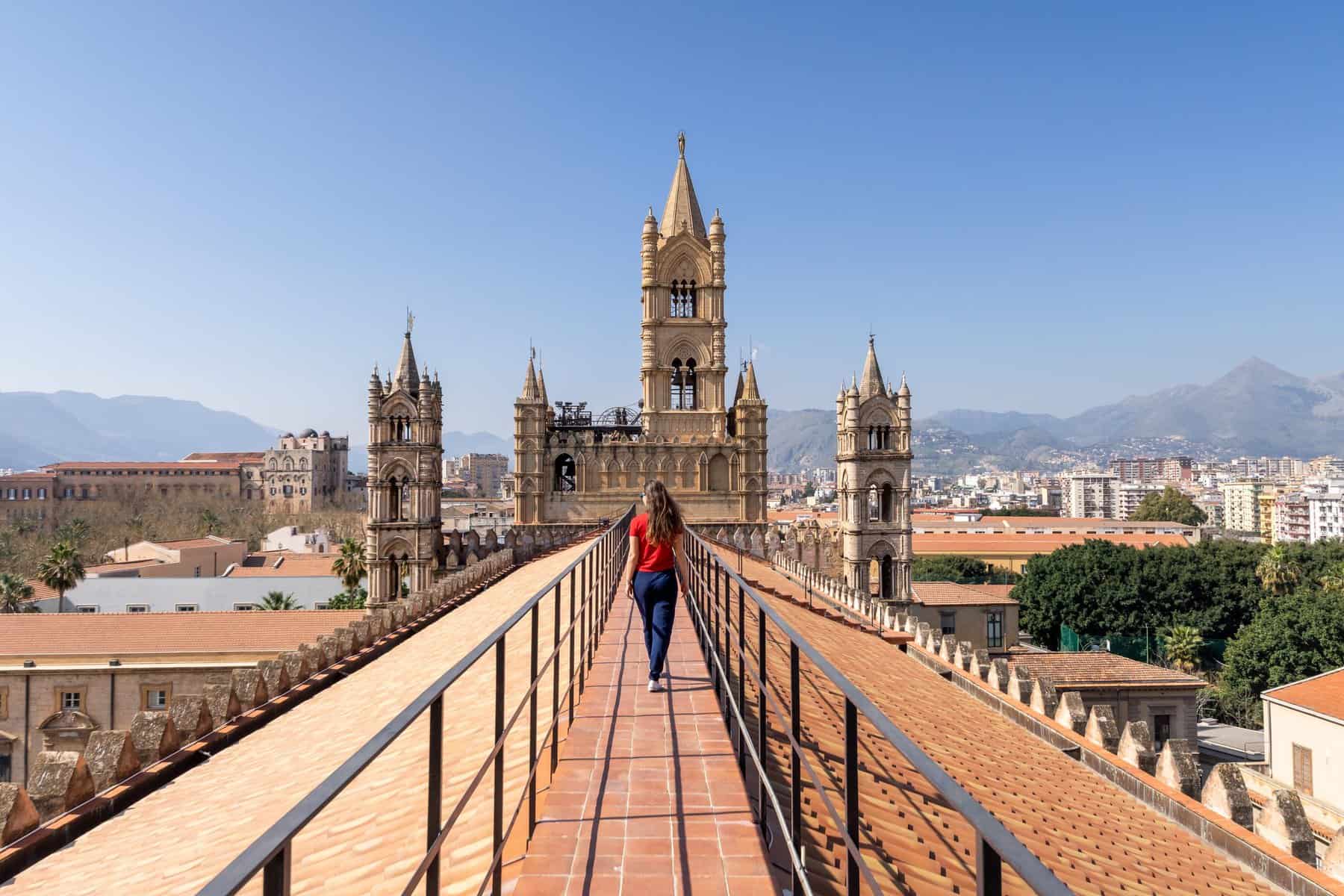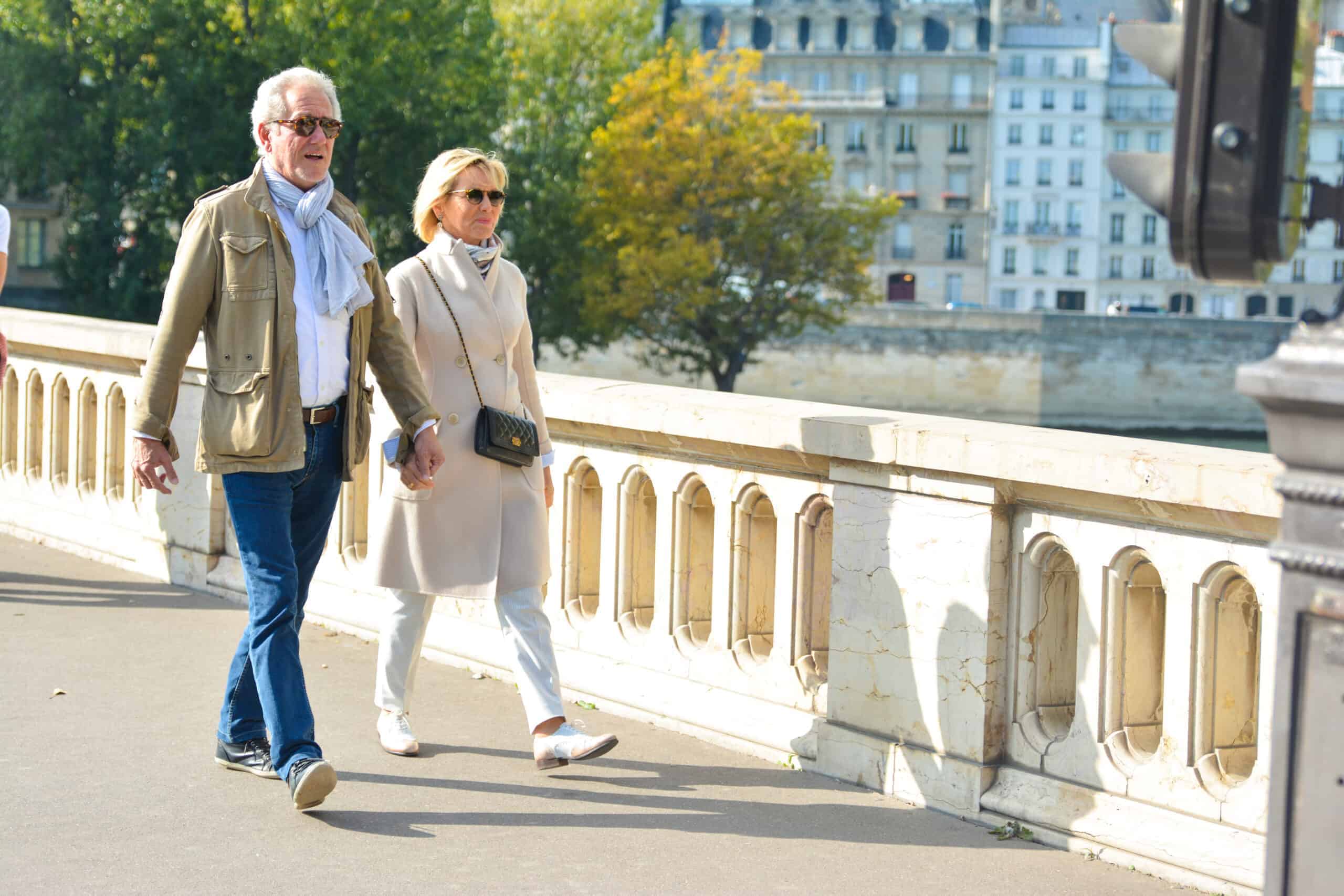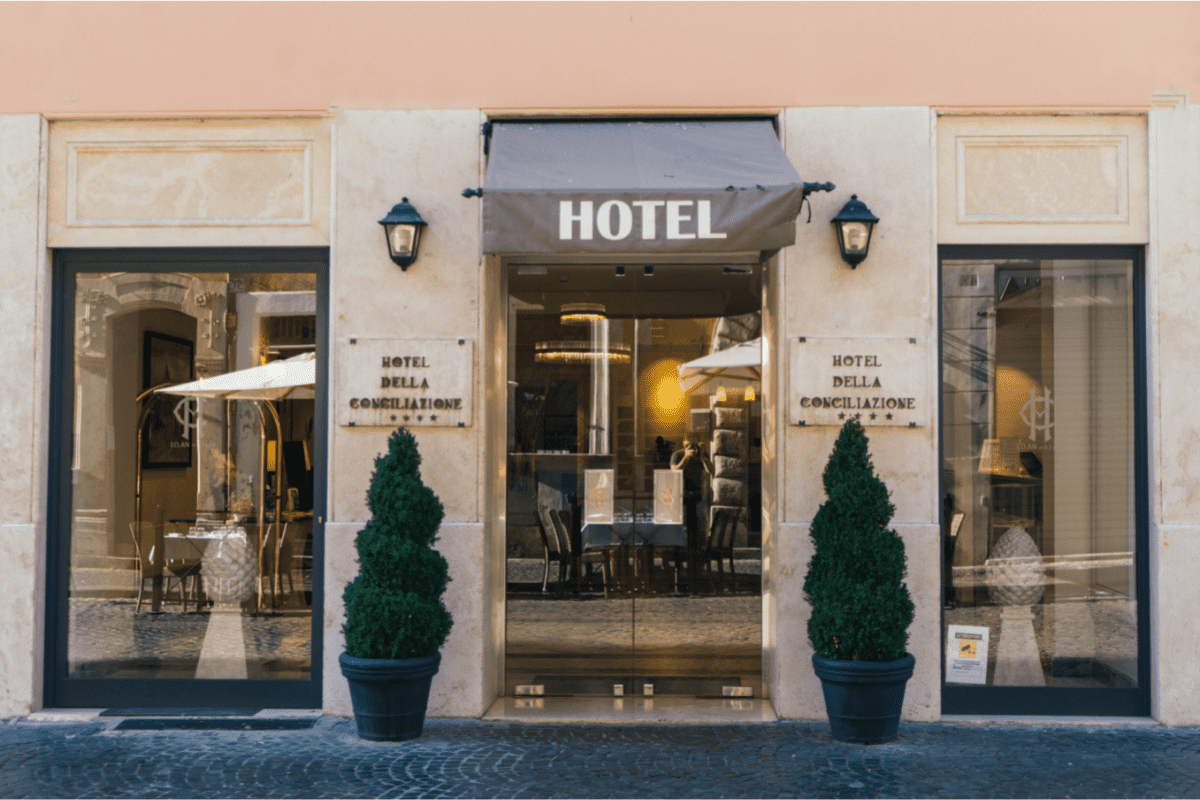10 Best Things to Do in Dublin, Ireland

By Franki Hanke
When you visit Dublin, there are so many tourist attractions in the city center alone, it can seem impossible to parse through the list of Things to Do in Dublin for what’s worthwhile. In this travel guide, we offer a selection of the best sightseeing and some places to skip in Dublin City.

Where to Eat & Drink – Dublin Pubs
It wouldn’t be a trip to Dublin without a few rounds at a pub (or two).
The Long Hall
On South Great George’s Street, The Long Hall has remained largely unchanged since 1881. The interior features elaborate Victorian features of wooden separators and chandeliers. An extra benefit is their table service, no need to hover at the bar.
Toner’s
On Lower Baggot Street, Toner’s claims to serve “the best pint of Guinness in Dublin,” quoting Rory Guinness, a member of the Guinness family from August of ‘09. Judge that for yourself when you visit this traditional pub.
The Stag’s Head
On Dame Court, The Stag’s Head was once John Bull’s Albion Hotel and Tavern in the 1830s. Six decades later, George Tyson created the Stag’s Head here in the nightlife hub, Temple Bar. His goal was to create Dublin’s most distinctive Victorian pub and the first in the capital city to use electric light.
They serve food too.
Neary’s
On Chatham Street, Neary’s preserved nearly all of their original features including their stunning lamp brackets that you’ll see on the frontage. Inside you’ll see four gas lamps that still work (and are some of the last working indoor gas lamps in Ireland).
Neary’s serves food including sandwiches and oysters.
The Palace Bar
On Fleet Street, The Palace Bar was once described as “the most wonderful temple of art,” by novelist Patrick Kavanagh. Historically, it’s been a hub for creatives with painters like Harry Kernoff who sold his work off the walls. That legacy is captured with four bronze plaques outside depicting four of the regulars: Brendan Behan, Patrick Kavanagh, Flann O’Brien, and Con Houlihan.
Mulligan’s
On Poolbeg Street, Mulligan’s was once a shebeen, an unlicensed drinking spot, just off O’Connell Street but has been legally licensed since 1782. That makes it one of the oldest places in Dublin to drink.
Skip the widespread recommendation of Brazen Head and Temple Bar Pub (which serves the priciest pint of Guinness) which is more of a tourist trap than an authentic, local pub. While many tour guides offer pub crawls or tasting tours, pubs are best experienced naturally. Just pick one and settle in. You don’t need to see every pub, but you should savor the ones you do visit.
Where to Visit – Dublin Attractions
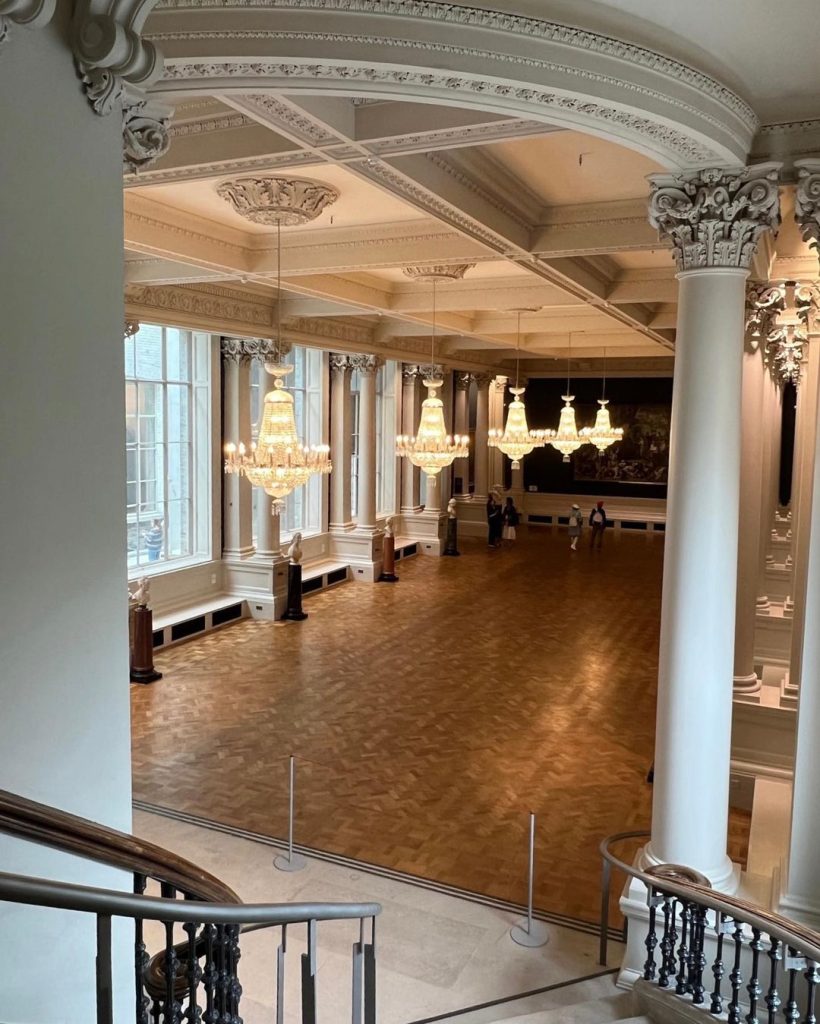
National Gallery of Ireland
A visit to the National Gallery of Ireland can be a short hour’s stroll or a full-day trip, depending on your interest in art, but a short visit is worthwhile too. Its extensive collection features numerous well-known and historic works including Argenteuil Basin with a Single Sailboat by Claude Monet, Two Ballet Dancers in a Dressing Room by Edgar Degas, and Landscape with the Rest on the Flight into Egypt by Rembrandt van Rijn.
The National Gallery of Ireland is free to visit. Check their current hours online to plan your visit. For a guided tour, visit on a weekend when they offer highlights and themed tours.
National Museum of Ireland
The National Museum of Ireland is actually four museums: Decorative Arts & History, Country Life, Natural History, and Archaeology. All are free to visit. However, the Country Life Museum is not located in Dublin.
The Decorative Arts & History Museum is in Stoneybatter. The collection features historic objects including weapons, furniture, and decor pieces. A considerable portion is military, Irish history.
The Natural History and Archeology Museums are in the same area of Central Dublin, so it’s easy to visit both. The Natural History Museum features preserved specimens and skeletons of various animals. It’s often called the ‘Dead Zoo.’ Their most unique specimen to spot is the extinct Irish Elk. The Archaeology Museum features prehistoric gold from Western Europe, medieval jewelry, and Viking artifacts. However, some of their most notable artifacts are two Iron Age bog bodies, preserved remains from 400 BC and 200 BC.
Since the museums are free, visit them with low expectations. Many visitors have found that their planned one or two hours visits felt too short, but when there’s no cost, it’s worth even a brief visit.
If you are a fan of Irish art and architecture, you must follow Robert O’Bryne for more recommendations and history about Ireland. Follow him @theirishaestete
Read The Irish Aesthete online or buy his book The Irish Aesthete: Ruins of Ireland for stunning photographs and background information on the ruins you may visit.
Want more museums?
If you love museums, Dublin has no shortage of well-curated collections. The Irish Museum of Modern Art and EPIC the Irish Emigration Museum both offer additional perspectives to peruse.

Trinity College, Dublin
Potential students are the only ones interested in seeing Trinity College in Dublin. Why? The college has stunning architecture and a 9th-century manuscript, The Book of Kells. The must-see sight is the Old Library’s Long Room.
To see The Book of Kells and Old Library, book a ticket. Tours can be booked for a guided look at the grounds in Dublin’s city centre too.
Guinness Storehouse
One of the best-known beers worldwide, Guinness Storehouse is an opportunity to learn more about the company’s history and what makes their beer unique. Depending on your interest level, there are a few different tour types that include more or less content. Choose the one suited to you.
Guinness Storehouse is a ticketed experience. Book ahead. The Guinness Gravity Bar offers a great view of the city too.
If you’d like to learn more about another iconic liquor, Irish whiskey. Jameson Distillery on Bow Street has a tour as well. The museum is on the site of Jameson’s original distillery from 1780.
Kilmainham Gaol
Constructed in 1796, Kilmainham Gaol is a historic prison. Since construction in 1796, it held many of Ireland’s rebels and revolutionaries, including 14 executed Easter Rising leaders. The tour is 90 minutes.
Get The Finer Life
Our Sunday email has tips and content you will love – exclusively for our subscribers.
"*" indicates required fields
Book tickets ahead to visit. Your tour will be at a specific time slot.
Dublin Castle
Right at the edge of Temple Bar, Dublin Castle is an urban castle that’s easier to add to your other plans than countryside spots. The castle was originally a 13th-century Viking settlement that later served as headquarters for English and then British administration in Ireland.
To see the interior apartments, book a guided tour.

St. Stephen’s Green & The Little Museum of Dublin
Located in St. Stephen’s Green, the Little Museum of Dublin is a small museum that thrives through storytelling. They offer several different kinds of guided and walking tours, including through St. Stephen’s Green. Their collection is focused on specific focal points in Irish history and offer you some history through a narrative. Compared to many traditional museum experiences, it’s highly engaging and often funny. Their interactive tours are only 30 minutes, so there’s no reason to miss it!
The surrounding architecture nearby St. Stephen’s Green is quintessential Georgian in style, though the park’s layout reflects Victorian design. The spot offers an opportunity to juxtapose these two hallmark styles of Dublin.
If you’re keen on shopping, the Grafton Street shopping area is nearby here.
Phoenix Park
Originally a royal hunting park, Phoenix Park still houses a large herd of wild fallow deer, though you can’t hunt them now! You’re not permitted to feed the deer, but you’re likely to spot them from a distance while visiting the gorgeous park.
Churches
Any European trip is full of churches. They are usually a stunning display of local and historic architecture and history-rich. However, too many churches and they all blend together. I get it. When in Dublin, focus on these two, notable churches.
St. Patrick’s Cathedral
St. Patrick’s Cathedral is Ireland’s largest. The architecture is stunning with grand turrets and stained glass windows. There are public tours, but you’re welcome to just take a quiet look through. It’s free, but they ask those visiting for tourism to donate.
If you’re a fan of author Jonathan Swift, author of Gulliver’s Travels, he’s buried in Saint Patrick’s Cathedral near Patrick Street and Upper Kevin Street.
Christ Church Cathedral
Built overlooking a Viking settlement, Christ Church Cathedral dates back to 1030. It would have been a wooden structure then. Anglo-Normans rebuilt the cathedral in stone later on in 1172. By the 19th century, both these churches were in poor condition. The structures you see now were extensively renovated and rebuilt in the 1870s. Besides its Viking heritage, Christ Church Cathedral is a spot to see because of its world record. In 1999, to prepare for the Millenium, the church added more swinging bells for a total of 19! You can take a self-guided tour when you visit.
In an active cathedral, be mindful of worshipers.
Statues
As you travel throughout Dublin, keep your eyes peeled for the brass statues of familiar faces like James Joyce, George Bernard Shaw, and Molly Malone. The Talking Statues Dublin project has collaborated with authors and speakers to connect statues with in-character works you can listen to.
To Skip or Not to Skip?
Some popular destinations are skippable, depending on your priorities for things to do in Dublin, Ireland.
Dublin Zoo | How much do you like zoos?
With over 500 animals, Dublin Zoo is a popular tourist destination, however, it’s not entirely unique to the region like other sites and experiences. If you have a high-quality zoo near home, you can safely skip the Dublin Zoo. If you do like zoos, Dublin’s focuses heavily on conservation. They are home to several rare, endangered species including Bongos, a critically endangered antelope species that you may not have seen elsewhere, and Oryx which are extinct in the wild and only live in zoo collections like this.
National Botanic Garden | When are you visiting?
Depending on the timing of your visit, the National Botanic Garden can be a stunning, truly memorable experience or just a nice walk. Through spring and summer, there are notable bloom windows to catch. If you’re visiting in May or June, you can catch their peony collection in bloom. In early summer, after the peonies, their rose garden typically blooms next. Most of the warmer months have colorful blooms, but if you’re visiting in winter, the blooms may be more subdued and safer to skip in favor of other activities.
The gardens are free to visit.
If you do come out to the Botanic Garden, you’re nearby to Glasnevin Cemetery and the accompanying museum.
Olympia Theatre | What’s on show?
Check the calendar of events. If you happen to catch a familiar name or title, it’s the perfect excuse to visit the gorgeous, historic theatre, Olympia. Originally opened in 1879, the Olympia has survived through many re-imaginings until its modern-day role as host for live music, stand-up comedy, and performance theater alike.
While you’re nearby, be sure to walk the pedestrian Ha’Penny Bridge, which is an iconic sight in Dublin crossing River Liffey.
Oscar Wilde’s House | Are you a fan?
If you’re familiar with his work beyond a few quotes on the internet, visit the home and haunts of playwright Oscar Wilde. Guided tours are only offered once a week on Saturdays, and they always sell out. Oscar lived here for the early years of his life before attending nearby Trinity College Dublin. In addition to his home, find his statue on Merrion Square. If you’d like to really immerse yourself in his life, visit some of his other haunts too.
In a similar vein, if you’re a fan of Yeats, find the largest collection of his works at the National Library of Ireland, but if you’re not a fan, you won’t get anything from this stop.
Even if you spent your entire visit in Dublin sightseeing the inside of local pubs, I trust you’d have an enjoyable time in this lively, historic city. If you want to see how we’d visit Dublin, our founder Paula recently began cataloging her travels there on Instagram and TikTok.
The above content may contain affiliate links. When you click and shop, we receive a small commission to support our writers.
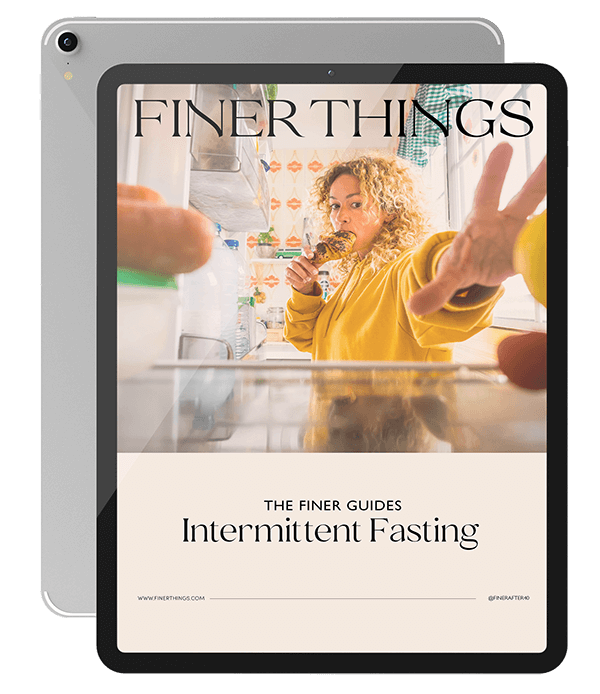
Want a Free Guide?
You will receive our free 19-page guide and access to our exclusive content, private invitations, and tips you’ll love.
"*" indicates required fields
Facebook Group
